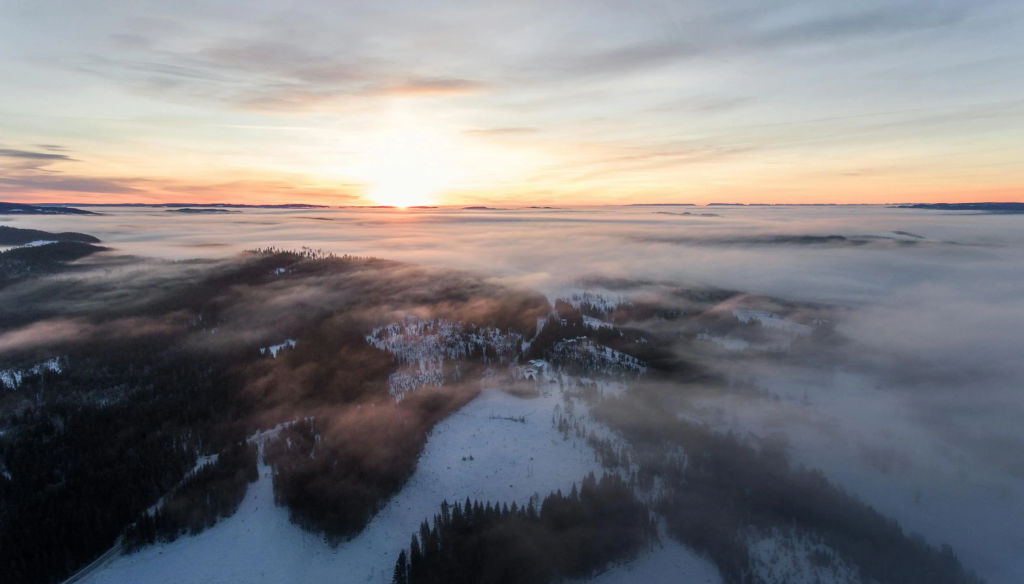As global temperatures rise and ecosystems shift, the impact of climate change on wildlife is becoming increasingly clear. From altered migration patterns to species extinction, animals across the planet are being forced to adapt—or face the consequences.

Shifting Habitats and Migration Patterns
One of the most immediate changes is the shift in natural habitats:
- Species are moving northward or to higher elevations to find suitable climates
- Marine animals are changing depth or migratory routes due to warming oceans
- Plants and prey species are also shifting, altering food availability
These changes disrupt long-established ecological relationships.
Explore how ecosystems adapt to environmental pressure.
Disrupted Food Chains and Breeding Cycles
Climate change interferes with timing:
- Some species breed earlier or later than usual due to temperature changes
- Mismatched food availability can leave young animals undernourished
- Predator-prey relationships become imbalanced
Consequently, even small temperature shifts can have cascading effects.
Learn more about how habits shape resilience and survival.
Species at Risk of Extinction
The impact of climate change on wildlife extends to increased extinction risks:
- Polar bears and Arctic species suffer from melting ice and reduced hunting grounds
- Coral reefs, vital to marine biodiversity, are bleaching due to ocean warming
- Amphibians, already vulnerable, face shrinking habitats and disease
Biodiversity loss threatens ecosystem stability and resilience.
Ecosystem-Wide Consequences
Wildlife does not exist in isolation. When one species declines:
- Pollinators like bees and butterflies affect agriculture and plant reproduction
- Predators keep herbivore populations in check
- Keystone species shifts can unravel entire ecosystems
Therefore, protecting wildlife is key to preserving ecological health.
Discover low-impact lifestyle changes that support biodiversity.
What Can Be Done?
Addressing the impact of climate change on wildlife involves action on multiple levels:
- Reduce carbon emissions to slow global warming
- Protect and restore habitats to increase resilience
- Support conservation efforts and climate-adaptive policies
Individuals can also help by choosing sustainable products, supporting wildlife organizations, and reducing their carbon footprint.
Final Thoughts: Protecting the Balance of Nature
The impact of climate change on wildlife reveals how interconnected our world is. As conditions shift, entire species and ecosystems face unprecedented challenges. However, through informed choices and collective action, we can help preserve the diversity and balance of life on Earth.
Continue learning about sustainable practices that protect the planet.
References:
WWF (2024) Climate Change and Wildlife. Available at: https://www.worldwildlife.org (Accessed: 13 May 2025).
IPCC (2023) Climate Change Impacts on Ecosystems. Available at: https://www.ipcc.ch (Accessed: 13 May 2025).
National Geographic (2023) Wildlife in a Warming World. Available at: https://www.nationalgeographic.com (Accessed: 13 May 2025).






